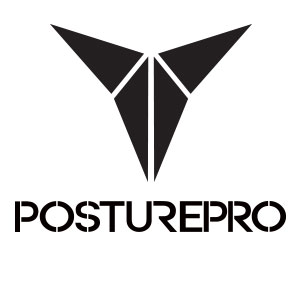For the last year and a half, I have had the pleasure and honor to work with brilliant functional medicine practitioners. Hence, the types of cases I have been referred often can benefit from more than mechanical gains.
This being said, the links between the somatic and autonomic nervous systems have allowed me, practicing Posturology, to see both orthopedic and systemic changes in many patients.
The goal of this blog is to expose the reader to a few of these links, as they are often the key to regaining optimal health.

I will therefore discuss circulation disorders in this first installment. The next blog will focus on migraines. The third installment will feature gastrointestinal issues. These conditions are relevant to the functional medicine practitioner and they are closely related to the postural system that is assessed and treated in the context of Posturology.
- Circulation disorders
Circulation disorders affect the circulatory system, which is the body’s blood transport system. Typically, a circulatory disorder arises from problems with the heart, blood vessels or the blood itself. These disorders generally result in diminished flow of blood and oxygen supply to the tissues.
Allopathic medicine considers trauma, aneurysms, vascular malformations and Raynaud’s to be common conditions causing circulatory problems.
On a functional somatic level, improper stance could be seen as a contributing and even possibly as a causative factor. Here’s how it works:
When the calf muscle contracts, venous blood is forced against gravity from the deep veins to the heart. This process is known as the calf muscle pump.
Browse, Burand and Wilson speak of this process in Diseases of the Veins and they state that weakness of the calf muscle pump is the equivalent of heart failure.
In Posturology, we understand that optimal foot stance leads to proper mechanics, from the foot up. As well, proper foot stance positions the calf muscle in the ideal position to accomplish its many roles:
- Support the body against gravity;
- Pump blood back to the heart.
We test foot function with many tests. My favorite is the one-foot stance test. Look straight ahead and stand on one foot.
How stable is that position? Is your foot supinating (varus) or pronating (valgus)?
The foot should supinate and be stable. This is indicative of an aligned and well functioning postural system.
A foot going into pronation (valgus) is indicative of poor calf function as one of its roles is to straighten out the subtalar joint in case increased stability is required.
Is it possible that if foot mechanics are faulty, venous return is compromised?
Generally speaking, I believe it makes biological sense to take into account the physical body’s working mechanisms when assessing the function of the autonomic nervous system. Both systems are connected inevitably.
With this in mind, should we then start assessing foot function as a part of a complete assessment for heart condition?
Would optimizing the postural system aid in recovery and help with prevention of circulatory disorders?
Clinically, we see that this is the case. Any researchers interested in looking into it?
If you like this blog please share the love.








